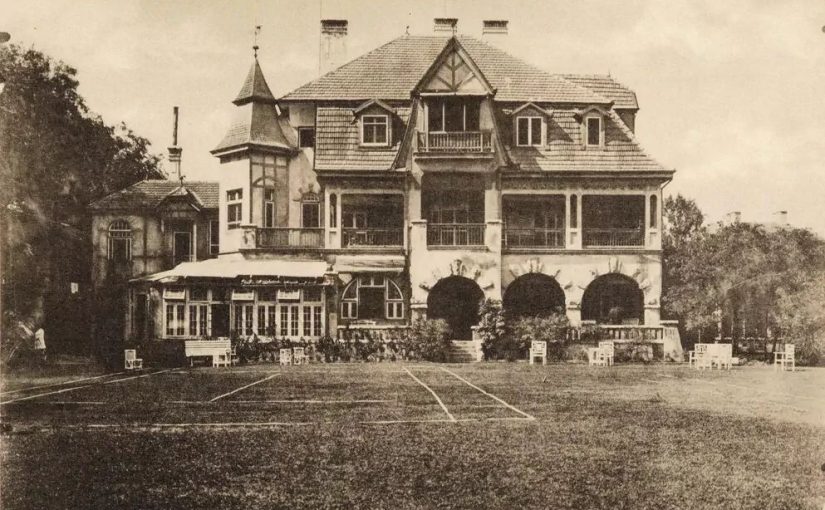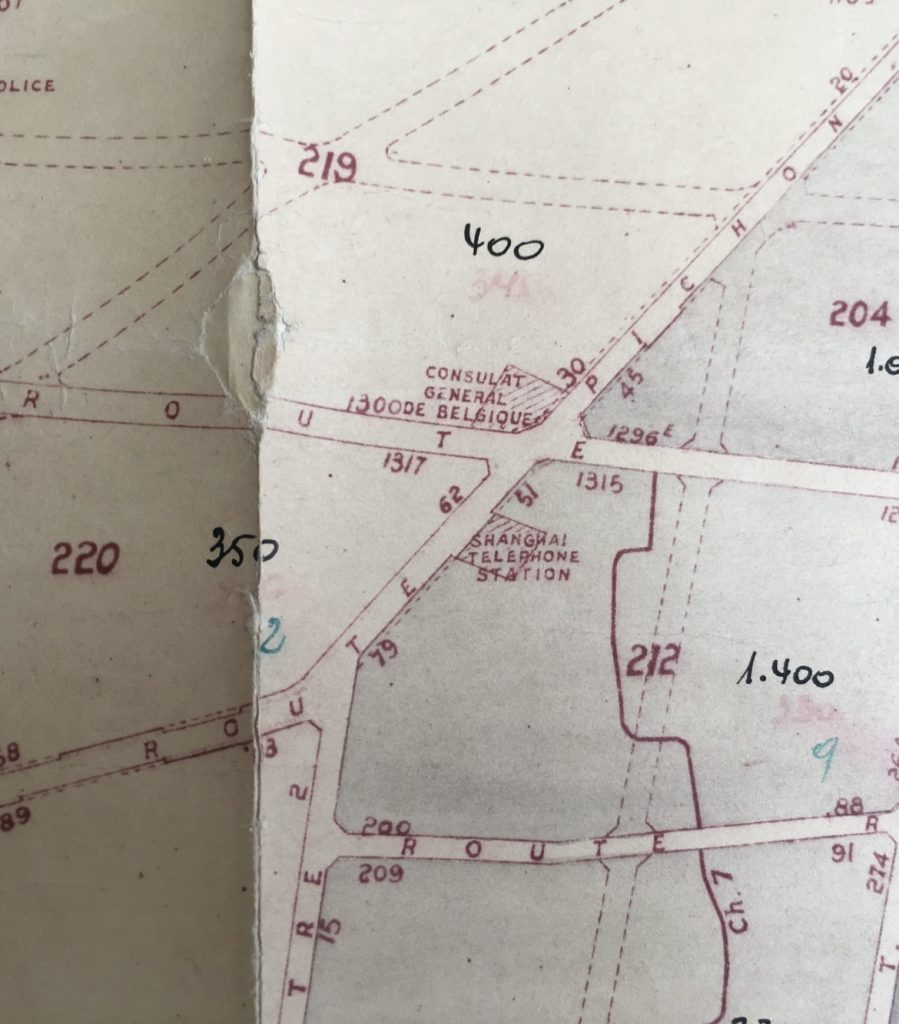After a number of years of renovation, the campus of the Shanghai musical conservatory is now open to the public again. Includes several Old Shanghai building that have been renovated.
The most iconic part of the new project is surely “The German building”. This house in Bavarian style had been hiding in plain sight for years, as its main facade was covered by a more modern building for a long time. After renovation, it is now visible from Huai Hai Lu and attracts a lot of attention.
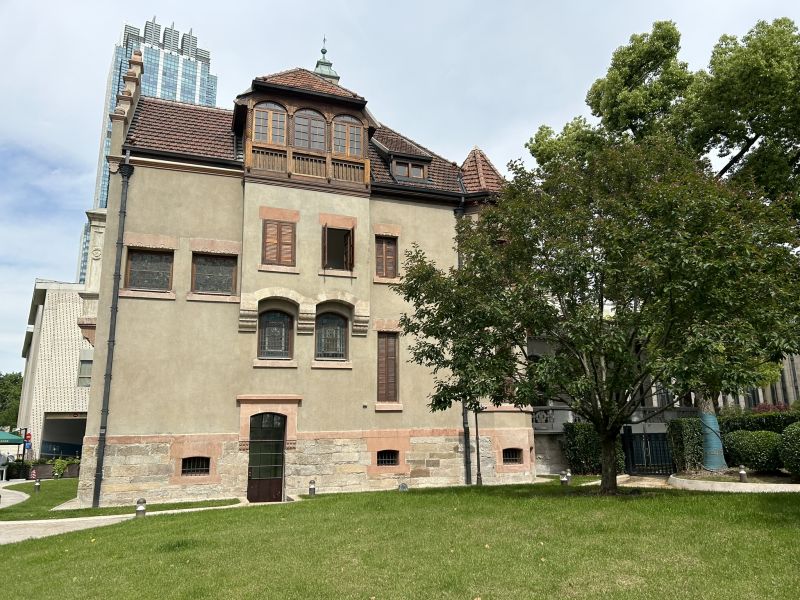
From the outside, it is clear that a lot of care has been put into the renovation. This massive house of German / Bavarian style wasbuilt for a German merchant between 1905 and 1911. It was designed by German architect firm Becker & Baedecker, that also built the former German club on the Bund. At that time, the road was called Rue Paul Brunat and this part was outside the French Concession area. It was formally included under the French jurisdiction after the extension of the French Concession in July 1914.
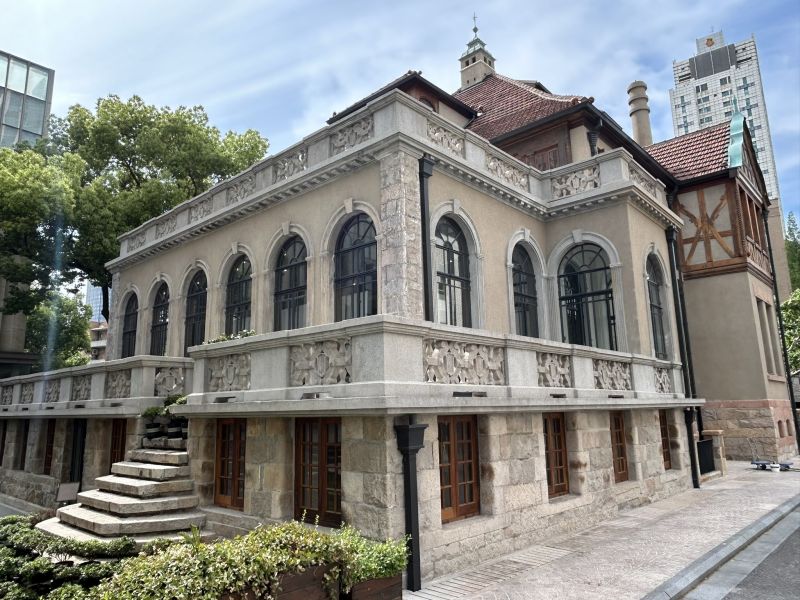
The back of the house includes a beautiful covered terrasse, also very well restored. An information plate mention that it was the seat of the Belgian consulate, but research shows it was a different building in the same area (see below).
Getting further into the park, one will encounter the former Shanghai Jewish Club, the main building of the modern Shanghai musical conservatory until a few years ago. Having been expended over the years, it is still used although it is now less visible compared to the newly opened buildings. This building is from 1932, with some art deco elements, much later than the “German building”. It’s interior has renovated many times and has little of the original. The location is close to the compound entrance on Feng Yang lu (former Route Pichon).

Hidden in the back of the compound is another building that was the biggest surprise as I had not spotted it before as it is hidden in the trees.

Its Art Nouveau designs looks very much like Vienna style, which is very rare in China. The only other building in that style I saw was in Wuhan. Along with the rest of the compound, the building has also been recently renovated. The inside is still not open to the public. This building is mentioned in an article from 1919, stating it had already been built by Mr Gerecke for a number of years by then so it was probably built around the same time as the German house.
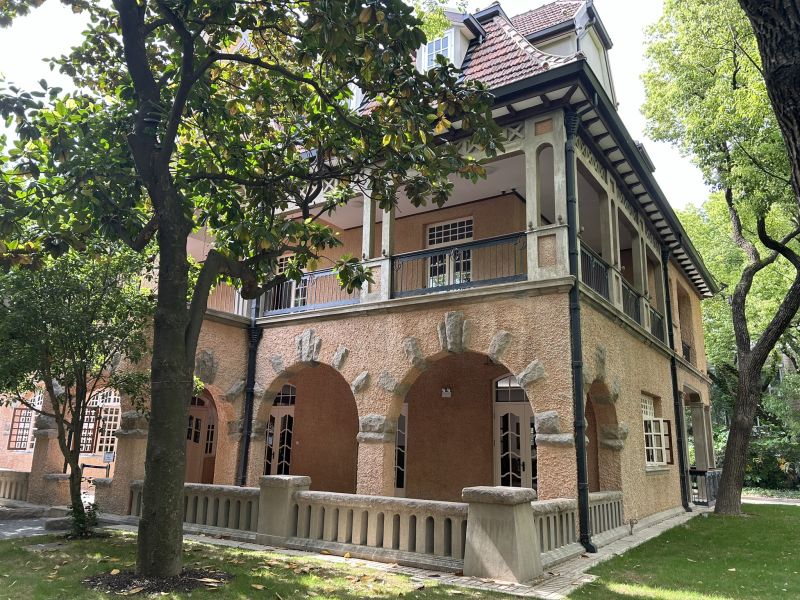
Mr Emil Gerecke (1862-1933) was an employee of the Deutsche-Asiatische Bank (Bank Germano-Asiatic) in the 1890s, and then made his own company. The 1909 China Directory lists E. Gerecke as a bills broker located Route Pichon, and the Shanghai Club. The firm Gerecke & Sierich, Exchange brokers is also located at this address. He was repatriated to Germany in 1919, and came back to Shanghai in 1924.
The house was sold in 1917 and was turned into Dr J B Fearn Blue bird Sanitorium, a modern healthcare facility. It was named after 1908 Maurice Maeterlink’s play “L’oiseau bleu” (or blue bird in English), that was turned into a famous movie around that that time. The Blue bird Sanitorium lasted until 1926.
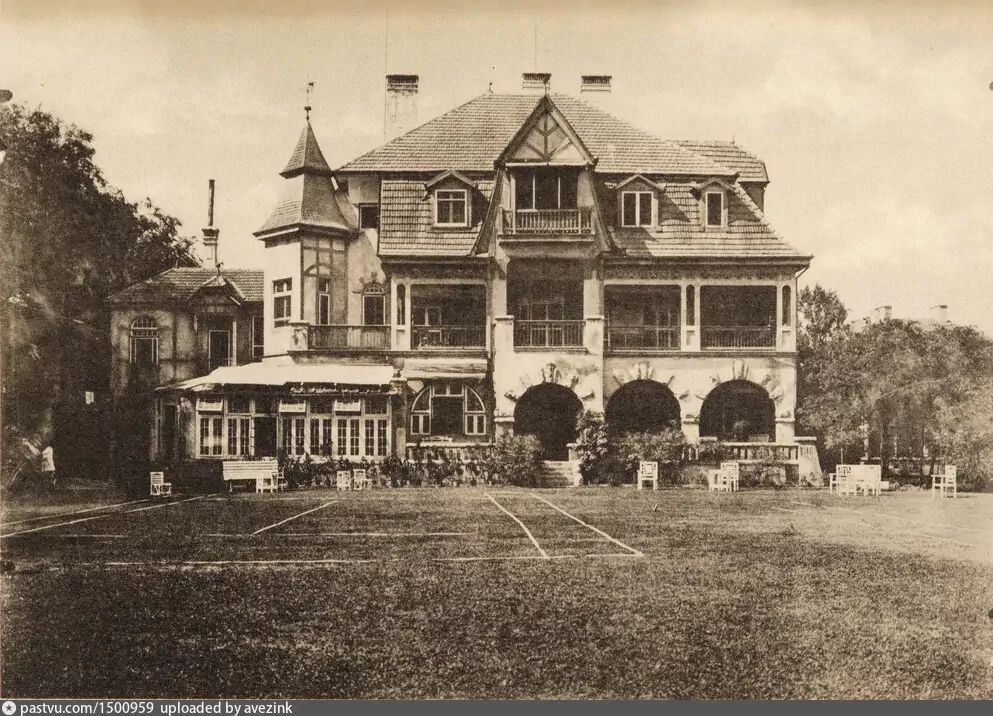
From that point, the house was used as the Belgium Consulate in Shanghai. It is indicated on this 1935 map of the French Concession at 30 Route Pichon. The German house does not appear on the map, so it was not an official building then.
The footprint of the existing campus has also been greatly expended, now enclosing neighbouring plots that where previously off limit. This part, including the former Ezra mansion will be introduced in a further post.
Apart from the former Belgian Consulate, I have written posts about the former French Consulate, the former French Municipality and the former British Consulate. Follow the links to access them.
